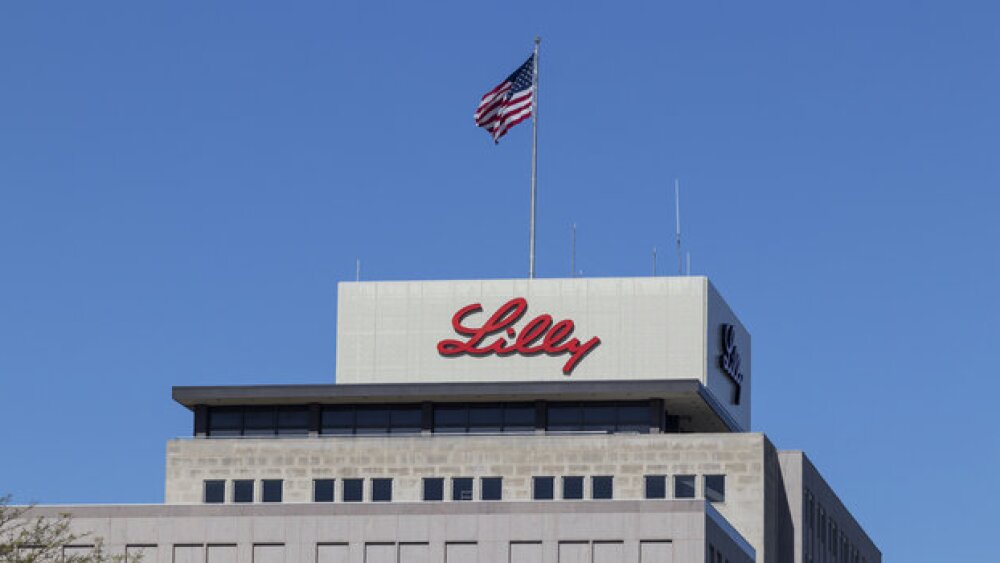While Eli Lilly and Novo Nordisk currently dominate the GLP-1 receptor agonist space, there are more than 50 candidates in clinical development for obesity and type 2 diabetes, according to analytics firm GlobalData.
The market for GLP-1 receptor agonists is growing at an “unprecedented” rate and by 2033 will be worth more than $125 billion, according to a Friday report from analytics firm GlobalData.
GLP-1 analogs will become a dominant force in the metabolic disease space in 10 years, as the global rates of obesity and diabetes continue to grow at a rapid pace, the firm forecasts.
While GlobalData’s report only covers the seven major markets, including the U.S., France, Germany, Italy, Spain, the U.K. and Japan, the firm projects that more than 190 million people by 2033 will be living with type 2 diabetes and/or obesity in these countries, with annual growth rates of 1.35% and 0.57%, respectively.
GlobalData pharma analyst Costanza Alciati in a statement called the GLP-1 market “vast” and said there is an opportunity for the market to grow even further, especially as the industry overcomes manufacturing and supply roadblocks and as competition brings drug prices down.
“With increased awareness among physicians and patients, especially in recognizing obesity as a disease, it is expected to result in an increase in prescriptions of obesity drugs, the most effective being GLP-1 receptor agonists,” Alciati said.
The GLP-1 market is currently led by Novo Nordisk, which owns the two semaglutide brands Ozempic and Wegovy, and Eli Lilly, which markets tirzepatide as Mounjaro and Zepbound. According to some analysts, the two drugmakers could control around 80% of the market by 2030.
In the first quarter of 2024, Novo’s Ozempic grew 35% year-over-year bringing in $4.3 billion, while Wegovy surged 107% in Q1 to earn $1.34 billion. Meanwhile, Q1 revenue for Lilly’s Mounjaro, was more than $1.8 billion. Zepbound, which was only approved by the FDA in November 2023, brought in $517 million in the quarter.
Despite the strong grip that Lilly and Novo have on the GLP-1 market, Alciati noted that “there is an opportunity for new players to join the race,” adding that there are currently more than 50 candidates in clinical development “which exploit the GLP-1 receptor agonist mechanism, often coupled with other actions.”
These include Viking Therapeutics’ VK-2735, which is a dual GLP-1/GIP agonist that elicited 13.1% placebo-adjusted weight loss in Phase II study results released in February 2024. An oral formulation of the candidate is also in the works and cut body weight by 3.3% versus placebo in a Phase I trial announced in March.
Amgen has also joined the race with its bi-specific molecule MariTide, which also targets the GLP-1 and GIP receptors. In February, the pharma reported 14.5% weight-loss versus placebo at day 85, noting that MariTide could also be tapered down and can be dosed less frequently over time. In its Q1 2024 earnings report earlier this month, Amgen announced that it has plans to move MariTide into Phase III.
Tristan Manalac is an independent science writer based in Metro Manila, Philippines. Reach out to him on LinkedIn or email him at tristan@tristanmanalac.com or tristan.manalac@biospace.com.






